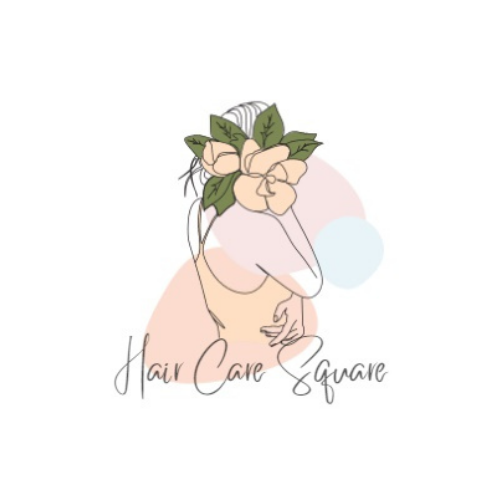Can you use regular conditioner as leave-in?
The simple answer is Yes and No.
Let me clarify.
Regular conditioners and leave-in conditioners have different purposes and chemical formulations. Regular conditioner is meant to be used with a shampooing and conditioning system, which is why you’re actually advised not to use it as a leave-in.
A leave-in conditioner has ingredients that work differently than those in regular conditioner (specifically the ones chosen to make the product lightweight and non-greasy).
But since a leave-in conditioner just protects your hair and doesn’t really clean, you can also use your regular conditioner as a leave-in if you’re not using products with silicone in them.
Do Not Use Your Regular Conditioner As Leave-In Because:
There are some ingredients in your regular hair conditioner that doesn’t rinse out easily. It needs you to intervene with either clarifying shampoos or hard water shampoos with chelating agents or do a hair detox to get rid of the build-up.
So when you use any regular conditioner as leave-in conditioner, it will slowly and steadily start leaving a layer of build-up on your hair shafts which eventually lead to hair damage and breakage.
Do not use your regular conditioner as leave in conditioner if it contains the following ingredients:
- Silicones
- Dimethicone
- Dimethiconol
- Behenoxy dimethicone
- Phenyl trimethicone
- Simethicone
- Trimethicone
- Polydimethysiloxane
A regular conditioner is not a substitute for a leave-in conditioner. For this reason, we do not recommend using a regular conditioner as a leave in. It can work, but it won’t actually provide the same level of conditioning and protection that you get from an actual leave-in conditioner.

You Can Use Regular Conditioner as Leave-In When:
Can you use regular conditioner as leave-in? Only if you aren’t using really any products with silicone in them, like serums or leave-in conditioners.
How do you use regular conditioner as a leave in? Like we said, a leave-in conditioner is specifically formulated to give your hair the benefits that it needs without weighing it down or making it oily.
The Exception for Curls
If you have curly hair, you have the option of using a regular conditioner as a leave-in. This is because curls tend to naturally be drier than straight hair. Curls can benefit from the added moisture that a regular conditioner gives them, even if they are already being protected by argan oil conditioner or another lightweight leave-in.
How to Use Conditioner As Leave In?
Conditioner is a great product for everyone and especially those with straight hair or those with curly hair that uses curling tools often. It give extra moisture to the hair, which can be helpful in combating dryness. It also helps keep frizz at bay and can offer volume if applied correctly.
Using conditioner as a leave-in is easy. If you’re washing your hair, dilute your regular conditioner in equal quantity of water and spray it on to your hair. Now using a wide tooth wooden comb, gently comb it through your hair. Leave it on until you wash your hair the next time.
Regular Conditioners Vs Leave-in Conditioners
Regular conditioners are meant to be used in conjunction with a shampoo-and-conditioning system. The hair is first cleansed with a shampoo and then conditioned by combing the regular conditioner through the hair.
Regular conditioner helps seal the cuticle, making the hair appear smooth and shiny. Regular conditioners do not protect against damage as effectively as leave-in ones can, but they can still help prevent split ends. To learn more, read our article on how to use a regular hair conditioner.
It is meant to be combed through after washing your hair. It contains hydrating ingredients that gets adsorbed onto the hair, giving it a soft, clean finish and making it easier to comb through.
The ingredients in a leave-in conditioner are designed to be “baked” into the hair and scalp. They’re meant to sit on top of the hair structure and protect against environmental and chemical damage.
Leave-In Conditioner helps to repair and defend against damage caused due to weather change, pollution, harmful chemicals in hair products. A well-formulated leave-in conditioner helps to repair your hair shaft and defends it against damage that would otherwise occur.
Also, don’t forget to check out the research done on effects of different hair products on hair for better clarity on difference between regular conditioner and leave-in conditioner.
Conclusion: Can You Use Regular Conditioner As Leave-In?
You can absolutely use your regular conditioner as leave-in conditioner just make sure you dilute it well and take a quick look at the ingredients list on the packaging.
Also be prepared that your hair will get greasy fast and you might notice that your hair are getting weighed down. Other than that, it is fine to use regular conditioner as leave-in.
FAQs: Using Conditioner As Leave-in
Let me know your thoughts on the same and before you leave, don’t forget to check out:
- How To Know Your Hair Type?
- How To Use Coconut Oil As Leave-in Conditioner For Frizzy Hair
- Not Your Mother’s Way to Grow Leave-In Conditioner Review
- Iles Formula Shampoo, Conditioner & Finishing Serum Review: Where To Buy?
Have a lovely day.

